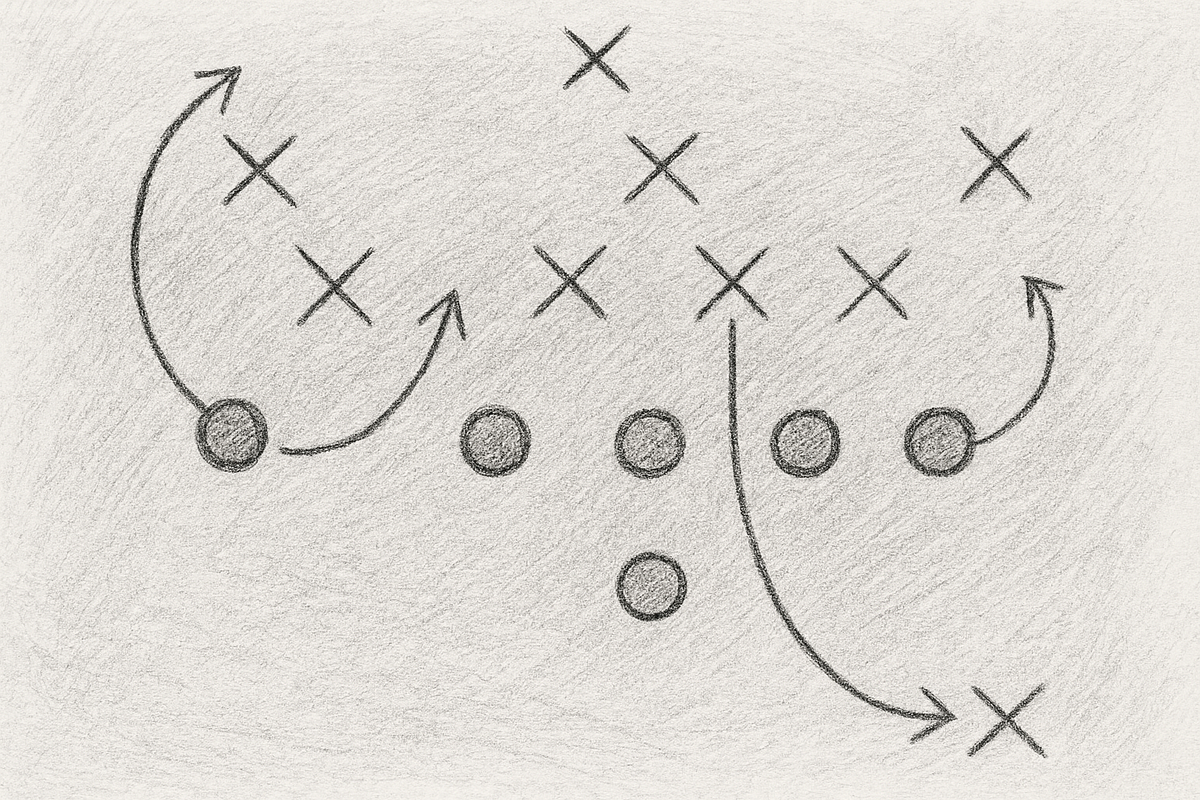
"I was an individual contributor (IC) for over 20 years before moving into management. Even then, I was reluctant to take the job because I enjoyed doing the work so much. So I'm familiar with ICs, how they think, and what sorts of things they think about. Things like craft, product quality, three-month timelines, career development, and recognition. Now that I've been in management for a while, I also see how leadership thinks too."
"I try to build that culture: Giving people both async and live ways to contribute, so it's not just the loudest voice or one in an optimal timezone that wins. Making it normal to share work early, not just when someone "feels it's ready for critique." We're going to get leadership's feedback at some point, better to get it early when there's still time to address it and possibly change direction."
"Being realistic about bandwidth and not overcommitting folks. I sometimes have to talk someone out of saying "yes" to something when they don't realistically have time for it. Encouraging experimentation and making room for failure as folks drift into adjacent roles. Especially now as research, design, product, and engineering move closer together. Being vulnerable myself: sharing a past failure with the team, saying "I don't know the answer", or admitting when I'm struggling."
Experience as an individual contributor and manager enables bridging craft-focused IC concerns and strategic leadership priorities. A bridge role helps ICs adopt more strategic thinking and helps leaders stay connected to day-to-day work. Team health is foundational: stress, burnout, and fear undermine performance, while trust and honest feedback enable collaboration. Practical practices include offering async and live contribution channels, normalizing early sharing for iterative feedback, managing realistic bandwidth to prevent overcommitment, encouraging experimentation and tolerated failure as roles converge, and modeling vulnerability by admitting uncertainty and past failures. These practices improve alignment, product quality, and individual development.
Read at Medium
Unable to calculate read time
Collection
[
|
...
]